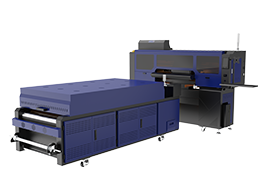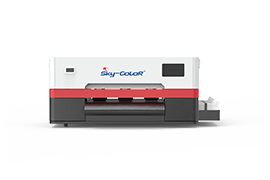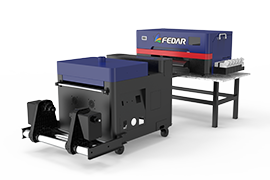Product Categories
- > Digital Textile Printer
-
- Fedar Sublimation Textile Printer
FEDAR FD61916E Sublimation Printer FEDAR FD1924 Sublimation Printer FEDAR FD1912S Sublimation Printer FEDAR FD61915E-A Sublimation Printer FEDAR FD5198E Sublimation Printer FEDAR FD51915E Sublimation Printer FEDAR FD53215E Sublimation Printer FEDAR FD61915E Sublimation Printer FD6198E 8 Heads Printer FD6194E 4 Heads Printer FD5194E 4 Heads Printer FD5328E 3.2m Printer FD5193E 3 Heads Printer Fedar TC Series Sublimation Printer(3heads,4heads,6heads)(Stop) FD5268E 2.6m Printer FD5223E 2.2m Printer (Stop) FD1900 2 Heads Printer AL193 3 Heads Printer (Stop) TC1932 2 Heads Printer (Stop)
- Fedar Direct To Film
FD1808 DTF Printer FDA3 Pro DTF Printer A3 DTF Printer FDA3 DTF Printer FD70-5 DTF Printer FD70-3 DTF Printer (Stop) FD30 DTF Printer (Stop) FD60 DTF Printer FD70-4 DTF Printer FD65-2 DTF Printer (Stop) FD70-2 DTF Printer (Stop) TR 4180 (Stop) FD 680 DTG (Stop) FD1828 Belt cotton printer (Stop)
- Fedar Sublimation Textile Printer
Paper for Wide Format Sublimation Printers: Coated vs Uncoated
2024-05-10Coated Sublimation Paper
Coated sublimation paper is specifically designed for sublimation printing. This type of paper is treated with a special coating that optimizes the transfer of ink to the substrate. Here are the key benefits:
- Enhanced Ink Absorption: The coating on the paper allows for better absorption of the sublimation ink, which results in more vibrant and sharp images.
- Reduced Ink Bleed: With coated papers, there's minimal risk of the ink bleeding, ensuring that the prints have crisp edges and detailed clarity.
- Efficiency: Coated papers can significantly reduce the amount of ink needed for printing, making the process more cost-effective and environmentally friendly.
Uncoated Sublimation Paper
Uncoated sublimation paper lacks the special coating found on its counterpart. While it may be less expensive, there are several considerations to keep in mind:
- Ink Consumption: Uncoated papers may require more ink to achieve the same level of color saturation as coated papers, potentially increasing the overall cost of printing.
- Image Quality: Without the specialized coating, prints may appear less vibrant and detailed. There's also a greater risk of ink bleed, which can affect the sharpness of the image.
Making the Right Choice
The decision between coated and uncoated sublimation paper largely depends on your specific printing needs and quality expectations. If high precision, vivid colors, and efficient ink usage are priorities, coated sublimation paper is the way to go. However, for projects where budget constraints are a concern, and slight compromises in image quality are acceptable, uncoated paper might be a suitable alternative.
Conclusion
Understanding the differences between coated and uncoated sublimation papers is essential for choosing the right materials for your projects. While coated papers offer superior image quality and efficiency, uncoated papers present a cost-effective option for less critical applications. Over time, the paper used for sublimation printing has trended towards becoming thinner and lighter. Previously, a more substantial, coated paper weighing 100 gsm was standard. However, advancements in technology have allowed for the use of significantly lighter papers. Fedar textile sublimation printers are capable of working with sublimation papers even as light as 30 gsm.





